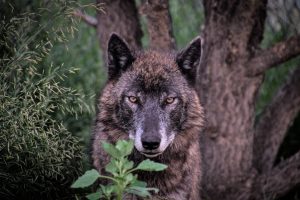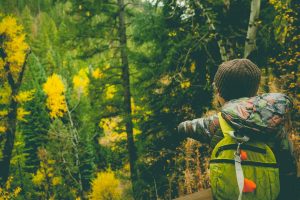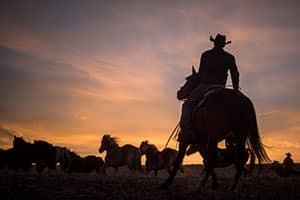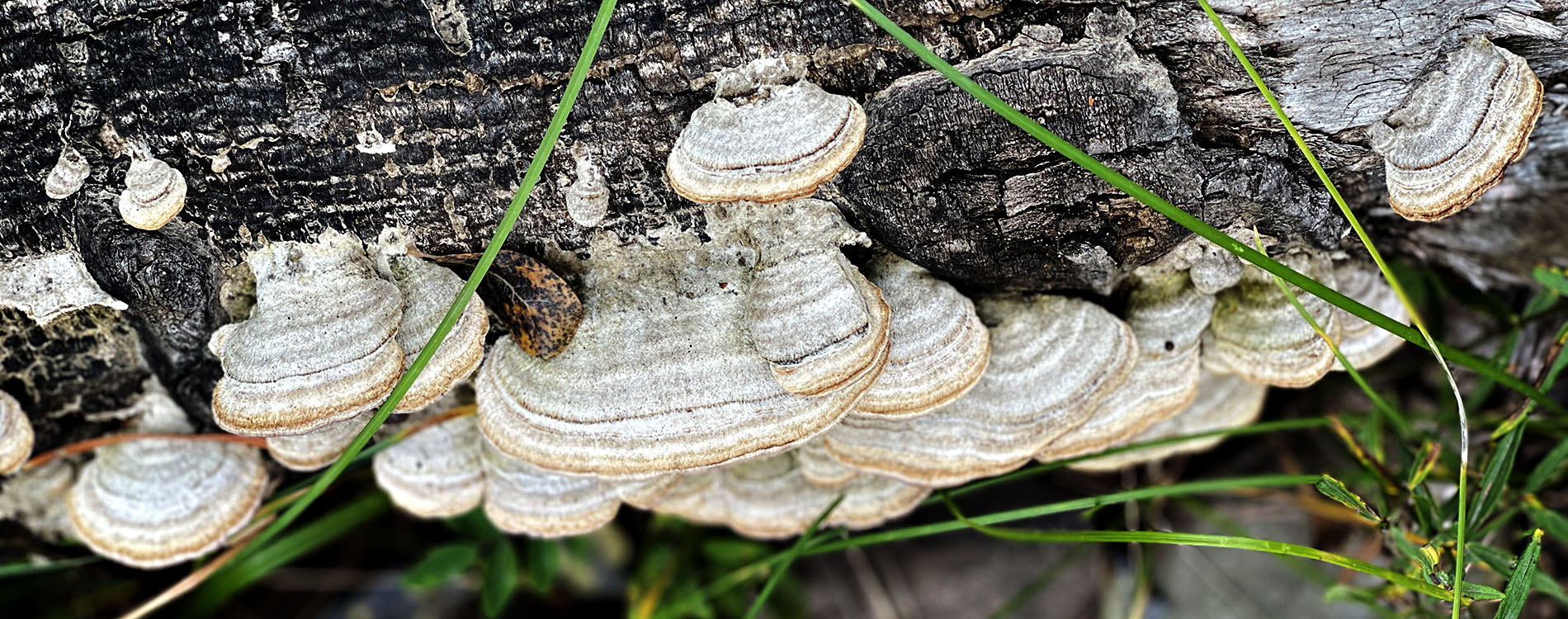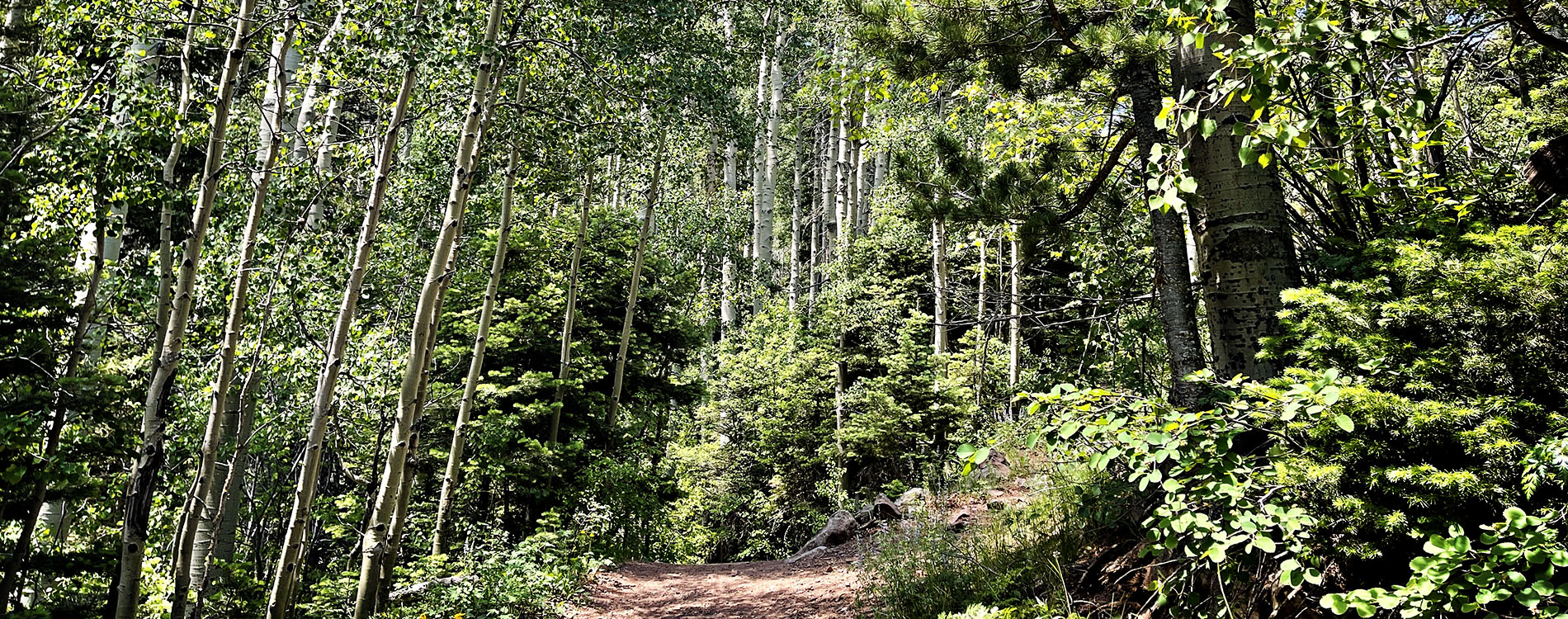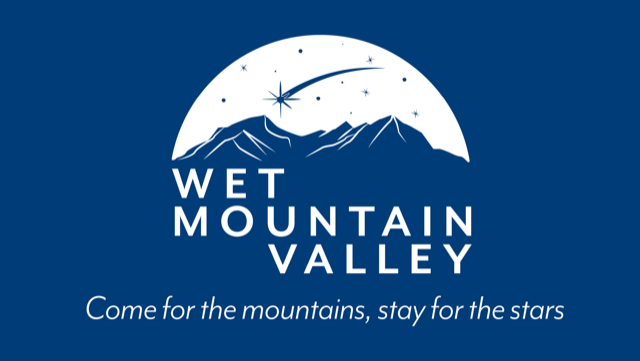Mushroom foraging is a way to deepen our connection to nature as it allows us to experience the mysterious world of the forest.
Given the moisture the Wet and Sangre de Cristos Mountains receive, gathering mushrooms in the wild—whether for culinary, medicinal, or psychotropic use—is becoming a common practice.
Mushroom foraging in Colorado typically begins in May and ends sometime in October; however, the best times to forage are between mid-July and mid-August due to the proliferation of varieties available. Experts recommend focusing on one edible species and where it grows: morel, chanterelles, and porcinis are excellent options. In Colorado, you’ll often find mushrooms in a mixed conifer forest—spruce and fir—above 9,000 feet. Often hidden under organic matter or nearly buried near tree roots, smaller varieties can be difficult to find. Other varieties like the “Amanita Muscaria” mushroom—which is potentially poisonous and has psychoactive effects—are easily spotted due to its bright red cap flaked with white “warts.”
One caveat: If you don’t know the difference between a deadly, poisonous mushroom and one that’s safe to eat, consult a specialist before eating them! Visit the Colorado Mycological Association for a wealth of “mycophile” info.
Be careful where you step, avoid pulling mushrooms up from their roots, and only harvest what you know you’ll use as deer, elk, bear, small mammals, and even some rodents rely on mushrooms for part of their food supply.
Happy Foraging in the Forest!
Content provided by Jules Marie

